Impact of Vessel Size on Rubber Fender Requirements
The marine industry is constantly growing, with vessels getting larger and more sophisticated, posing a variety of issues and considerations for port infrastructure. The design and selection of rubber fenders is an important part of guaranteeing the safety and efficiency of maritime operations. In this article, we will delve into the impact of vessel size on the requirements and design considerations for rubber fenders.
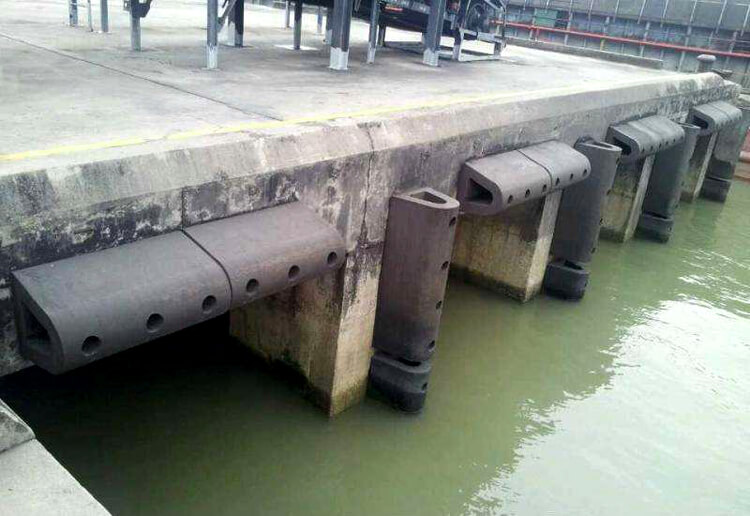
The Pivotal Role of Rubber Fenders in Marinetime Operation
Understanding Rubber Fenders
Rubber fenders mainly act as shock absorbers for vessels during berthing and mooring activities. They come in a variety of shapes and sizes, each designed to provide specific benefits based on the vessel’s specifications and the port’s environmental conditions. Rubber fenders are primarily designed to absorb kinetic energy, reducing impact forces, and protect both the vessel and the berthing structure.
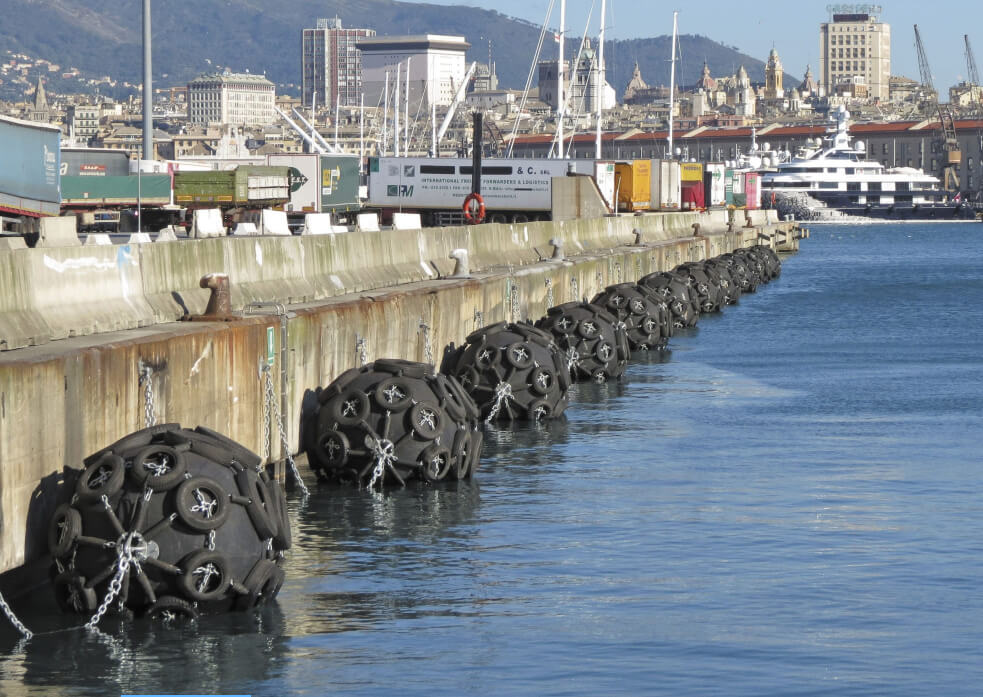
Types of Rubber Fenders
| Type of Rubber Fender | Description | Common Applications |
| Cylindrical Fenders | Simple, versatile design.Effective for small to medium-sized vessels.Energy absorption through axial compression. | General-purpose applications in ports.Docks, piers, and berthing structures.Bulk carriers, fishing vessels. |
| Arch Fenders | High energy absorption and low reaction force.Excellent shear performance.Easy to install and maintain. | Container terminals, oil terminals.Suitable for larger vessels.Oil and gas tankers. |
| Cone Fenders | High energy absorption and low reaction force.Progressive reaction for varying ship sizes.Low hull pressure. | LNG terminals, general cargo terminals.Suitable for larger vessels.Bulk carriers, cruise ships. |
| Cell Fenders | High energy absorption and stability.Suitable for large tidal variations.Low and uniform hull pressure. | Container terminals, oil terminals.Ro-Ro and container vessels.Bulk carriers, general cargo ships. |
| Pneumatic Fenders | Absorb energy through compressed air.Excellent for ship berthing and mooring.Self-floating, can be easily repositioned. | Ship-to-ship transfers, oil platforms.LNG carriers, naval vessels.Emergency berthing facilities. |
| Tugboat Fenders | Designed for tugboats and workboats.Resistant to shear forces.Protect vessels during pushing and pulling. | Tugboat operations, escort vessels.Towage and ship-assist operations.Ports, harbors, and shipyards. |
| D Fenders | D-shaped design for easy installation.High energy absorption with low reaction force.Suitable for both small and large vessels. | Quay walls, pontoons.Vessels with varying sizes.Ferry terminals, general cargo terminals. |
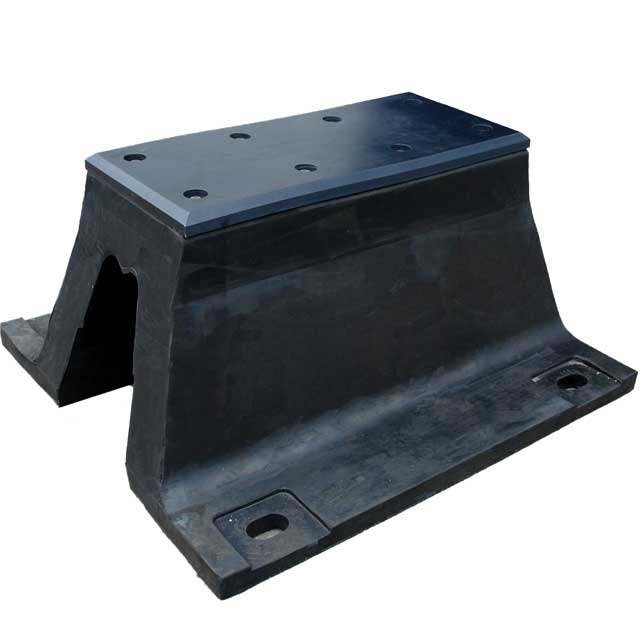
Factors to Consider for Rubber Fenders Impacted by Vessel Size
Impact of Vessel Size on Rubber Fenders
Vessel size is critical in deciding the type, size, and arrangement of rubber fenders required for a specific berthing facility. Larger vessels have higher mass and kinetic energy, necessitating strong and strategically located fender systems to absorb and distribute the stresses created during berthing.
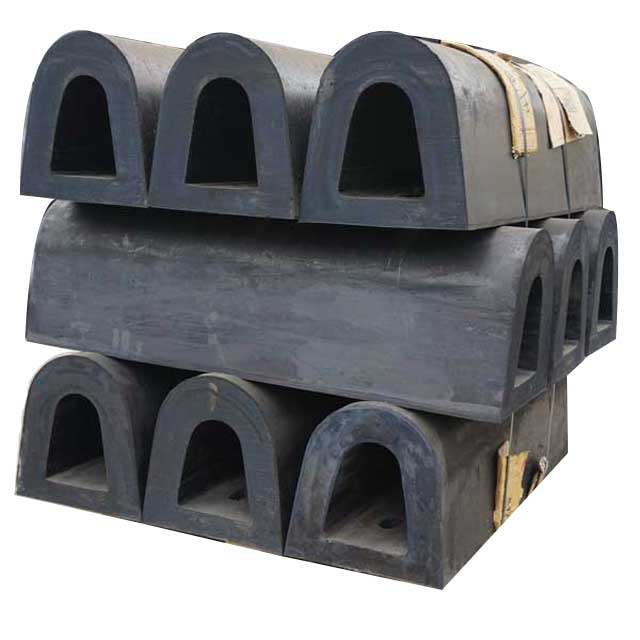
Key Design Consideration and Requirements for Rubber Fenders Adapting to Large Vessels
1. Arrangement and Spacing
Tandem and Triple Fender Systems: Tandem or triple fender systems are frequently used on larger boats to evenly distribute impact forces and reduce localized structural stress.
Fender Piles and Frames: The arrangement of fender piles and frames needs to be tailored to match the size and berthing characteristics of the boats, ensuring comprehensive protection. Larger boats, with their increased mass and force, require high-quality rubber compounds for fenders to resist repeated collisions and provide a longer service life.
2. Material Considerations
Quality and Durability: Larger vessels, with their greater mass and force, necessitate high-quality rubber compounds for fenders to withstand repeated impacts and ensure a longer service life.
Reinforcement: The design may incorporate reinforced steel frames or other materials to enhance the strength and durability of fenders when dealing with the substantial forces exerted by large vessels.
3. Environmental Conditions
Harbor Dynamics: Understanding the specific conditions of the harbor, such as currents, wind, and wave patterns, is crucial for designing fenders that can perform effectively under varying circumstances.
Corrosion Resistance: For ports exposed to corrosive environments, fenders for large vessels must incorporate corrosion-resistant materials to maintain their structural integrity.
4. Port Infrastructure Upgrades
Dredging and Deepening: Ports accommodating larger vessels may require dredging and deepening projects to maintain adequate water depth for berthing and to prevent hull damage from shallow waters.
Structural Enhancements: Berthing structures may require reinforcement and adjustments to accommodate the increased forces exerted by larger vessels.
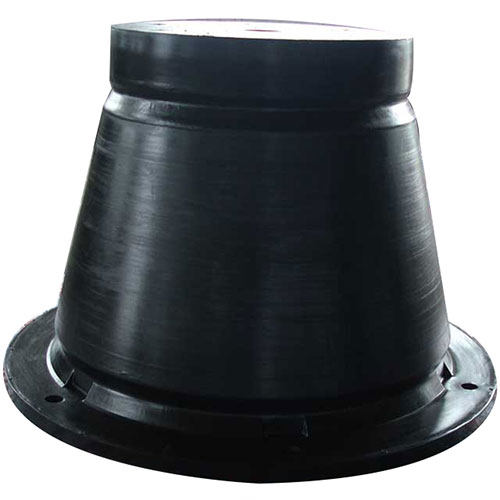
Conclusion
In adapting to the growing size and capabilities of vessels, the maritime industry must carefully evaluate the impact on rubber fender requirements and design considerations. Engineering solutions must evolve to meet the demands of larger vessels, assuring maritime safety, preventing structural damage, and contributing to the overall efficiency and sustainability of port infrastructure. As vessels continue to expand in size and capacity, innovation and adaption of rubber fender technologies remain critical to the future of maritime infrastructure.


